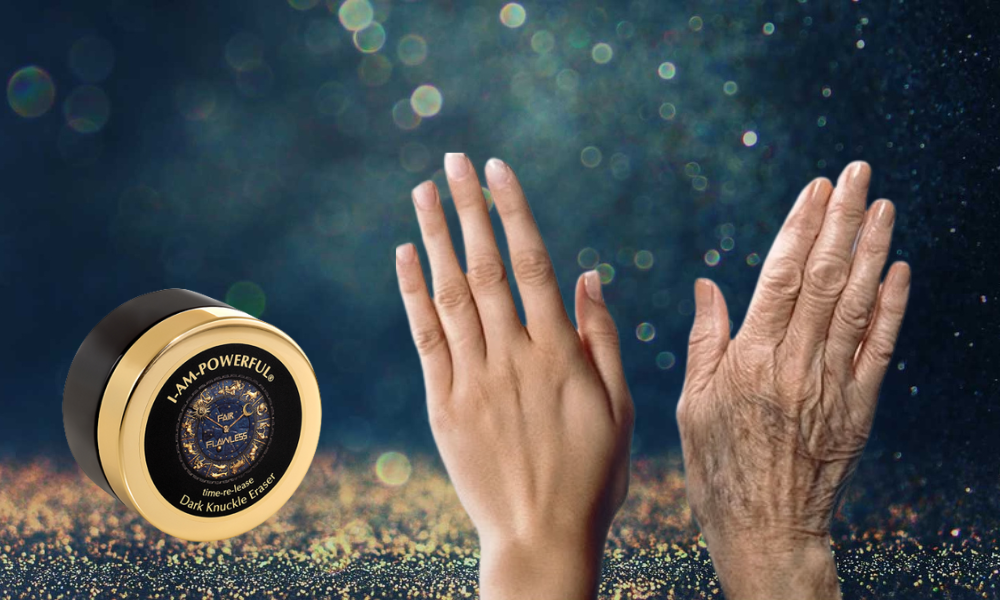Are Liver Spots Related to Skin Cancer?

There are a lot of things that come with age: wisdom, graciousness, and experience, just to name a few. However, there are some things that also come with age that many people find undesirable, including changes to the skin.
The skin is the body’s largest organ. Not only is it constantly exposed to the environment and subjected to harmful conditions, but can also showcase signs of trouble within the body. As a person ages, the damage of exposure to certain elements, as well as age-related diseases can start to become visible on the skin.
Liver spots, also known as age or sun spots, are often a side effect of aging, and they often spark concern. Many people wonder if those liver spots are associated with cancer.
If you are alarmed by the appearance of liver spots on your skin, take a deep breath and read on. Here’s a look at some important information about liver spots and skin cancer.
Liver Spots Defined
Also known as age spots and solar lentigines, liver spots lie flat on the skin and can range in color from tan, to brown, to black. These spots also vary in size and can appear on any part of the skin, though they are most commonly seen on the face, arms, shoulders and hands – the parts of the skin that are exposed to the sun the most.
Liver spots usually appear in older adults, most commonly in those who are over 50; however, they can develop at any age. People in their 20s, for example, can develop age spots if they spend a lot of time in the sun.
Though many people are concerned about the appearance of liver spots, thinking that they are related to skin cancer, these spots are actually harmless. As such, they don’t require any treatment, unless the individual afflicted with the spots finds them bothersome. Then, treatments can involve skin products that are formulated to lighten their appearance, or cosmetic procedures that can remove the spots.
Skin Cancer Defined
Skin cancer refers to the abnormal development of skin cells. It commonly develops on parts of the skin that are most often exposed to the ultraviolet rays of the sun and tanning beds; however, it can develop on any part of the skin.
People of all colors and races can be affected by skin cancer, though those with light skin who sunburn easily are the most at risk.
There are four different types of skin cancer:
- Actinic Keratoses (AK) – Precancerous growths
- Basal cell carcinoma (BCC) – The most common form of skin cancer
- Squamous cell carcinoma (SCC) – The second most common form of skin cancer
- Melanoma – The most dangerous form of skin cancer

Skin cancer, no matter what type, requires medical treatment. Treatment can range from removing the cells to surgery and chemotherapy.
Spotting the Difference between Liver Spots and Skin Cancer
Understanding the difference between age spots and skin cancer is not only important for your health, but your overall well-being, too.
Liver spots typically fall into one of three categories:
- Small red dots that are the result of the overgrowth of blood vessels in the skin. These are known as cherry hemangiomas.
- Flat, discolored spots that resemble freckles, which are known as lentigines.
- Flat or raised, scaly spots that resemble warts, which are known as sebhorrheic keratoses.
Skin cancer spots have a different appearance than liver spots. They are asymmetrical, or a different size and shape on one side, have more than one color or are extremely dark in color, and may experience sudden changes such as bleeding or itching pain.
While liver spots are not dangerous, if you are concerned about the appearance of any spots on your skin, schedule an appointment with a dermatologist for a full assessment.










